Human damage to biodiversity is leading us into a pandemic era. The virus that causes COVID-19, for example, is linked to similar viruses in bats, which may have been passed to humans via pangolins or another species.
#Research finds up to 850,000 viruses could jump from animals to humans unless we totally shift away from #deforestation for #meat #dairy #palmoil #soy agriculture. Use your wallet as a weapon, be #vegan #Boycottpalmoil and #Boycott4Wildlife
Tweet
Our age of #pandemics shows the fragility of our lives. It is insane to destroy rainforest when this #ecocide could unleash 850,000 #zoonotic diseases that go from animals > humans. Protest and be #vegan #Boycottpalmoil #Boycott4Wildlife Art: @JoFrederiks
Tweet
This article was written by Katie Woolaston, Queensland University of Technology and Judith Lorraine Fisher of the University of Western Australia for The Conversation. It is published with a Creative Commons Attribution Licence. Read the original article. Published October 30, 2020. Art by Jo Frederiks.
Environmental destruction such as land clearing, deforestation, climate change, intense agriculture and the wildlife trade is putting humans into closer contact with wildlife. Animals carry microbes that can be transferred to people during these encounters.
A major report released in 2020 shows that up to 850,000 undiscovered viruses which could be transferred to humans are thought to exist in mammal and avian hosts.
The report, by The United Nations’ Intergovernmental Science-Policy Platform on Biodiversity and Ecosystem Services (IPBES), says to avoid future pandemics, humans must urgently transform our relationship with the environment.
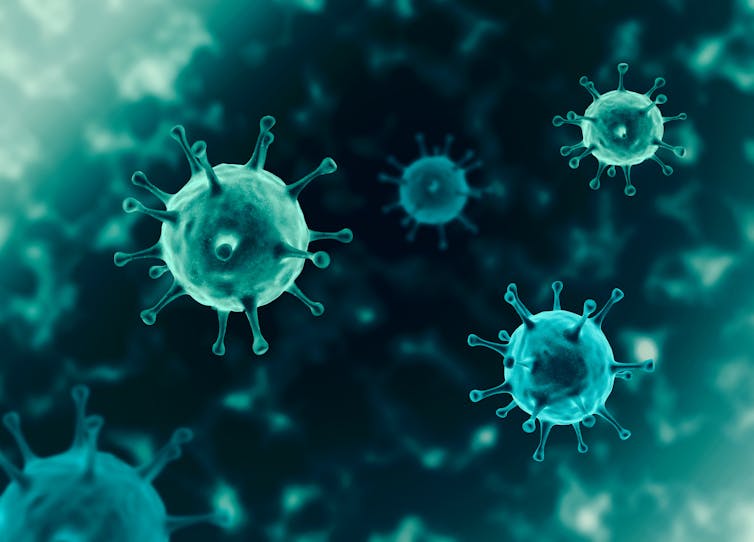
The human costs are mounting
The report is the result of a week-long virtual workshop in July 2020, attended by leading experts. It says a review of scientific evidence shows:
…pandemics are becoming more frequent, driven by a continued rise in the underlying emerging disease events that spark them. Without preventative strategies, pandemics will emerge more often, spread more rapidly, kill more people, and affect the global economy with more devastating impact than ever before.
The report says, on average, five new diseases are transferred from animals to humans every year – all with pandemic potential. In the past century, these have included:
- the Ebola virus (from fruit bats),
- AIDS (from chimpazees)
- Lyme disease (from ticks)
- the Hendra virus (which first erupted at a Brisbane racing stable in 1994).
The report says an estimated 1.7 million currently undiscovered viruses are thought to exist in mammal and avian hosts. Of these, 540,000-850,000 could infect humans.
But rather than prioritising the prevention of pandemic outbreaks, governments around the world primarily focus on responding – through early detection, containment and hope for rapid development of vaccines and medicines.
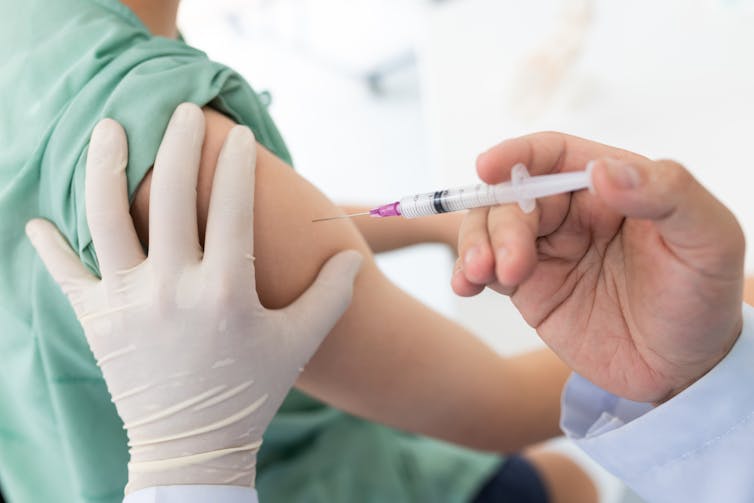
As the report states, COVID-19 demonstrates:
…this is a slow and uncertain path, and as the global population waits for vaccines to become available, the human costs are mounting, in lives lost, sickness endured, economic collapse, and lost livelihoods.
This approach can also damage biodiversity – for example, leading to large culls of identified carrier-species. Tens of thousands of wild animals were culled in China after the SARS outbreak and bats continue to be persecuted after the onset of COVID-19.
The report says women and Indigenous communities are particularly disadvantaged by pandemics. Women represent more then 70% of social and health-care workers globally, and past pandemics have disproportionately harmed indigenous people, often due to geographical isolation.
It says pandemics and other emerging zoonoses (diseases that have jumped from animals to humans) likely cause more than US$1 trillion in economic damages annually. As of July 2020, the cost of COVID-19 was estimated at US $8-16 trillion globally. The costs of preventing the next pandemic are likely to be 100 times less than that.
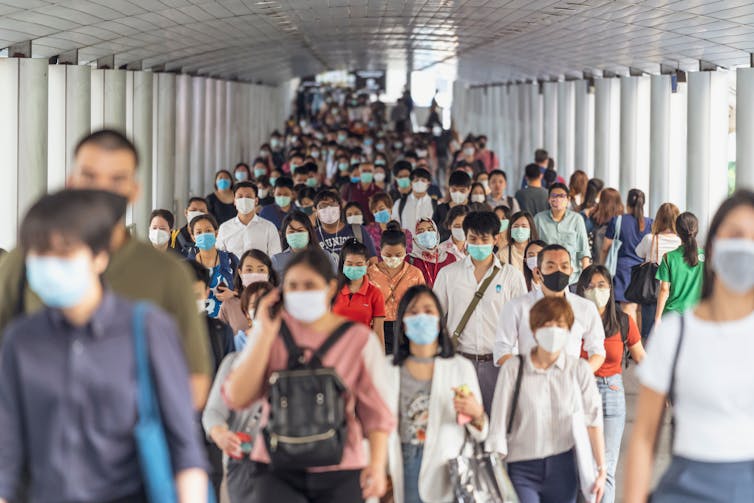
The way forward
The IPBES report identifies potential ways forward. These include:
• Increased intergovernmental cooperation, such as a council on pandemic prevention, that could lead to a binding international agreement on targets for pandemic prevention measures
• Global implementation of OneHealth policies – policies on human health, animal health and the environment which are integrated, rather than “siloed” and considered in isolation
• A reduction in land-use change, by expanding protected areas, restoring habitat and implementing financial disincentives such as taxes on meat consumption
• Policies to reduce wildlife trade and the risks associated with it, such as increasing sanitation and safety in wild animal markets, increased biosecurity measures and enhanced enforcement around illegal trade.
Societal and individual behaviour change will also be needed. Exponential growth in consumption, often driven by developed countries, has led to the repeated emergence of diseases from less-developed countries where the commodities are produced.
So how do we bring about social change that can reduce consumption? Measures proposed in the report include:
- Education policies.
- Labelling high pandemic-risk consumption patterns, such as captive wildlife for sale as pets as either “wild-caught” or “captive-bred” with information on the country where it was bred or captured.
- Providing incentives for sustainable behaviour.
- Increasing food security to reduce the need for wildlife consumption.
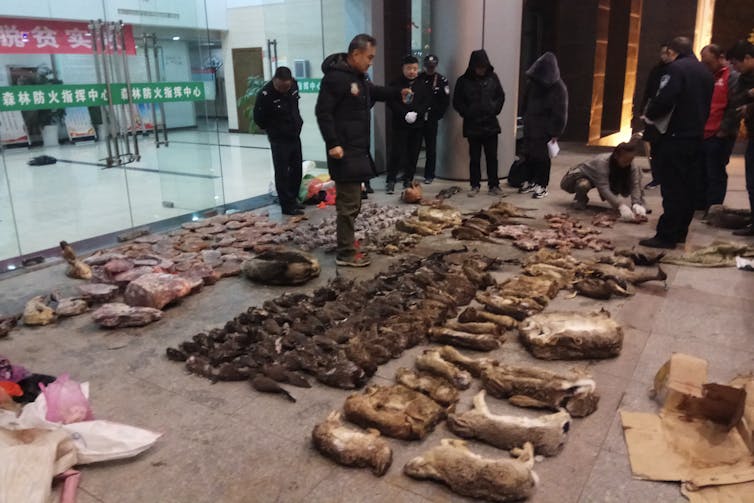
Katie Woolaston, Lawyer, Queensland University of Technology and Judith Lorraine Fisher, Adjunct Professor University of Western Australia, Institute of Agriculture
This article is republished from The Conversation under a Creative Commons license. Read the original article.
Read more stories about the link between palm oil deforestation, zoonotic disease spillover and pandemics
Art by Jo Frederiks
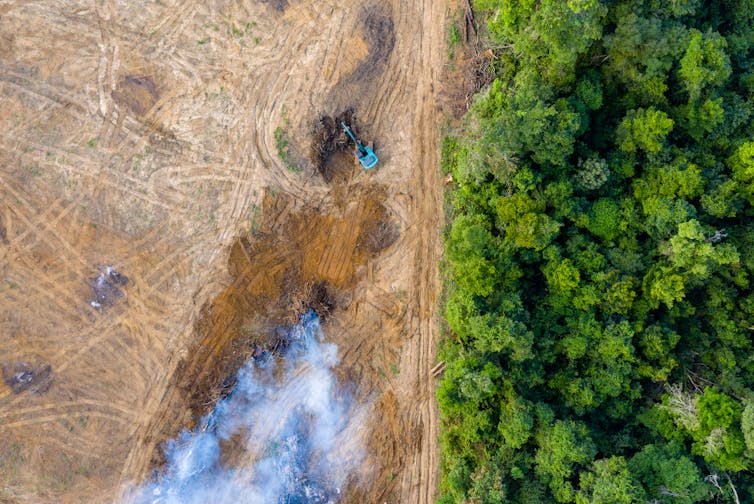
This article was written by Katie Woolaston, Queensland University of Technology and Judith Lorraine Fisher of the University of Western Australia for The Conversation. It is published with a Creative Commons Attribution Licence. Read the original article. Published October 30, 2020.
ENDS
Here are some other ways you can help by using your wallet as a weapon and joining the #Boycott4Wildlife
Contribute to my Ko-Fi
Did you enjoy visiting this website?

Palm Oil Detectives is 100% self-funded
Palm Oil Detectives is completely self-funded by its creator. All hosting and website fees and investigations into brands are self-funded by the creator of this online movement. If you like what I am doing, you and would like me to help meet costs, please send Palm Oil Detectives a thanks on Ko-Fi.














